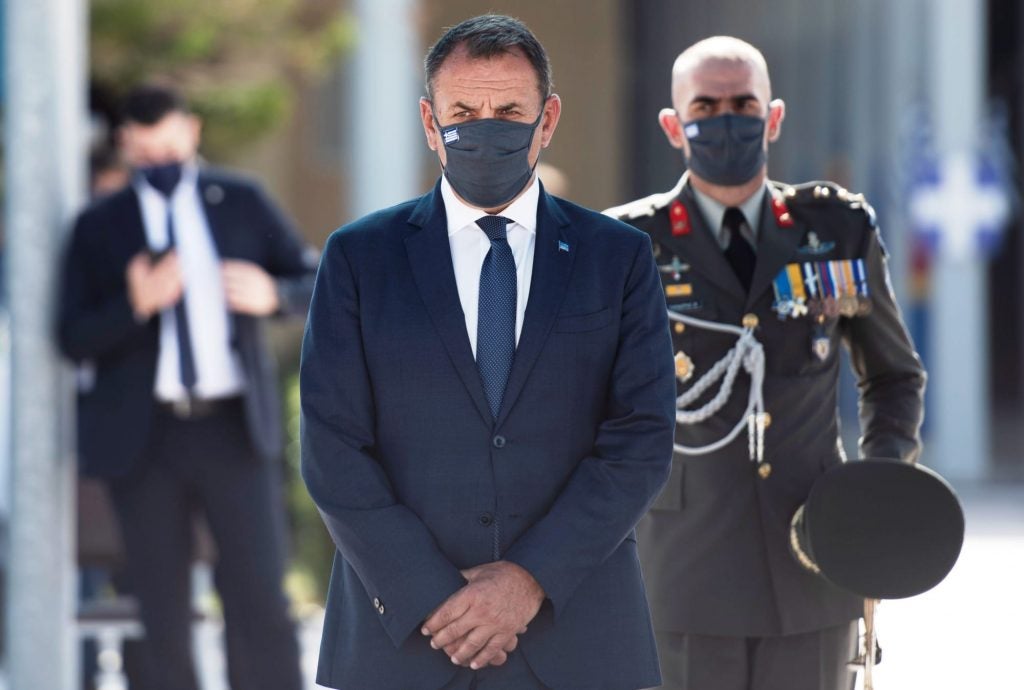Greece’s Modernization Efforts and Its Impact on Turkish-Greek Tension in the Aegean Sea
On October 6, Greek Defense Minister Nikolas Panagiotopoulos presented new armament programs in parliament, just after France and Greece agreed on a strategic defense and security partnership September 28, which included the sale of three Belharra-class frigates and six additional Rafale fighter jets to Greece for around three billion Euros.
The same day the Greek Defense Minister Nikolas Panagiotopoulos attended a meeting of the armament programs and contracts commission held in the parliament. Nikolas briefed members of the Greek parliament’s special standing commission on armament programs and contracts at the meeting, which was held in the framework of bolstering the armed forces, which included the navy and air force.
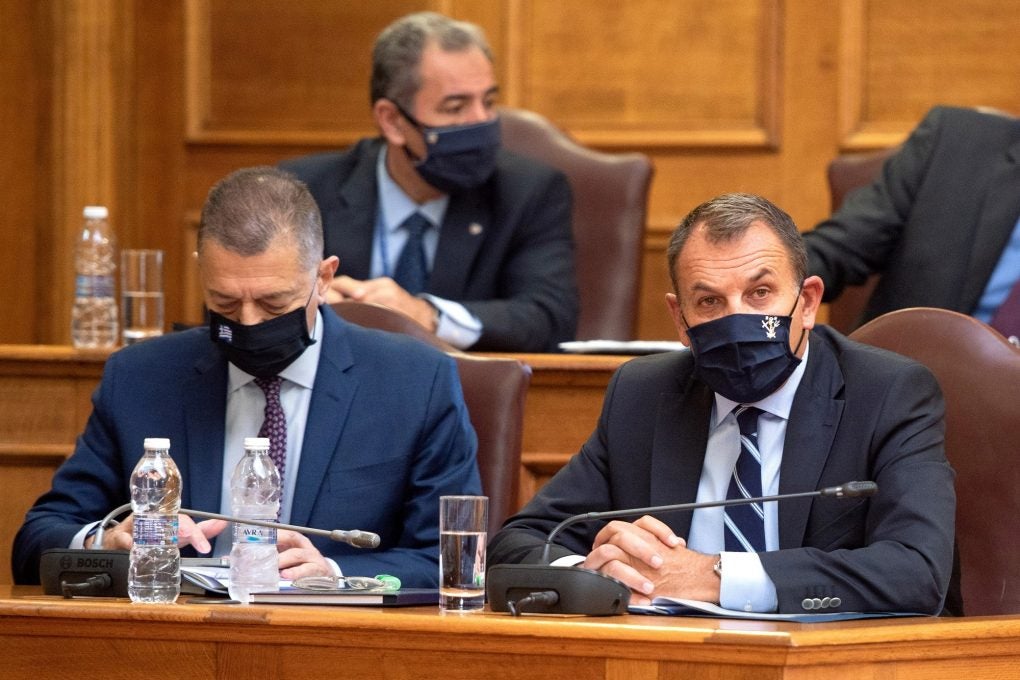
Following the meeting, the Ministry of Defense issued a statement announcing the armament programs and contracts that had been approved by the members of the special standing committee.
Programs under the responsibility of the HAGS (Hellenic Army General Staff):
- Construction of a wind tunnel to be used as a free fall simulator.
- Upgrade of electro-optic systems for 19 “Apache” AH-64A+ helicopters of the Army Aviation.
- Procurement of an Anti-tank Missile System.
Programs under the responsibility of the HNGS (Hellenic Navy General Staff):
- Procurement of Guided Missiles for the armament of four Gunboats and four Unconventional Warfare Vessels of the Hellenic Navy.
Programs under the responsibility of the HAFGS (Hellenic Air Force General Staff):
- Τ-6Α Training Aircraft Support.
- Procurement of cartridges for F-16 and F-4 fighter aircraft of the Hellenic Air Force.
- Update of the Decision for the Activation of the Sub-Contract for the Operational Leasing of MALE category UAV System.
- IRIS-T Missile Support of the Hellenic Air Force.
For many years, upgrading the Apache AH-64A+ electronic-optical systems, which was approved as part of the program to strengthen the Greek Armed Forces, has been a high priority for the Greek Army.
On December 24, 1991, Greece secured a contract for 12 AH-64A Apache attack helicopters. In August 1992, six months after the contract was signed, Greece signed a contract for the supply of eight additional AH-64A+ Apache helicopters, bringing the total number of AH-64A+ Apache helicopters in its inventory to 19. The Greek Air Force currently has 28 Boeing AH-64 Apache attack helicopters in service, including 19 AH-64A+ Apaches, seven AH-64D Apaches, and two AH-64D Longbow Apaches.
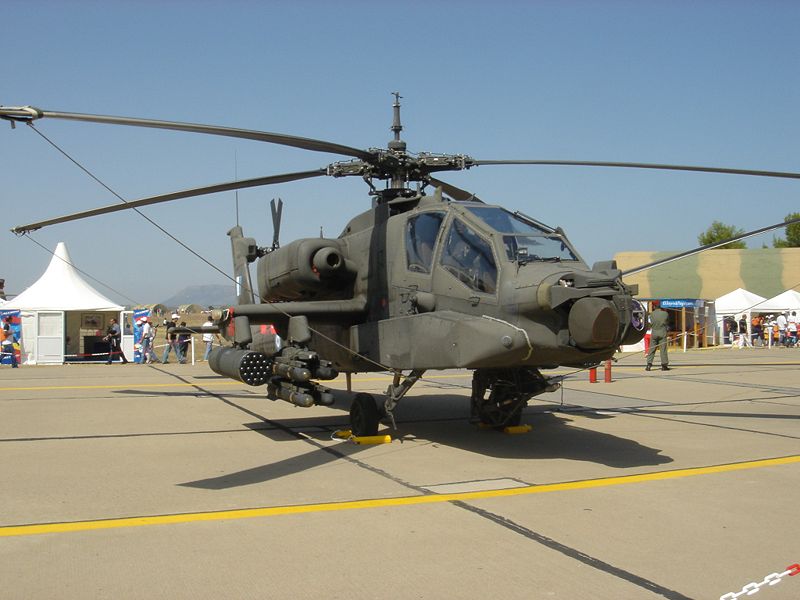
The AH-64A Apache, which has been in service with the Greek air force since 1992, was built primarily for assault operations. The AH64A+ helicopter, which has completed numerous successful missions and is equipped with anti-tank missiles, is capable of penetrating the armor of any known main battle tank, performing high speeds and maneuvers in all conditions, and coverage of the Aegean, Mediterranean, and Meriç regions. The AH64A+ has been in service with the Greek Air Force for more than 25 years and has never been modernized. The electro-optical systems of the AH-64A+ are well behind the times, as the helicopter essentially uses technology from the 1980s. Furthermore, after Boeing’s closing of the AH-64A+ production line in 2013, helicopter maintenance has become more difficult due to the fact that spare parts are no longer manufactured and are severely limited.
It is anticipated that the majority of the Greek Forces’ 19 AH-64A+ helicopters, which have been slowly corroding in hangars for years due to spare parts and hardware issues, would be able to fly again as part of the armament program. The spare parts problem is expected to be solved by procuring the spare parts from the United Arab Emirates, and the electro-optical system modernization is expected to be carried out by the Israeli company Elbit Systems, as part of this plan.
Elbit Systems and the Greek Ministry of Defense have been in contact for some time regarding the modernization of the Greek Army’s AH-64A Apache Attack Helicopters. The TADS/PNVS night vision sensors will be replaced with new systems manufactured by Elbit Systems as part of the modernization, and the IHADSS (Integrated Helmet and Display Sight System) will be updated as well.
Furthermore, the Spike NLOS missile, developed by the Israeli company Rafael Advanced Defense Systems, is highly likely to be the anti-tank missile system approved for procurement for Apache AH-64[A/D] helicopters.
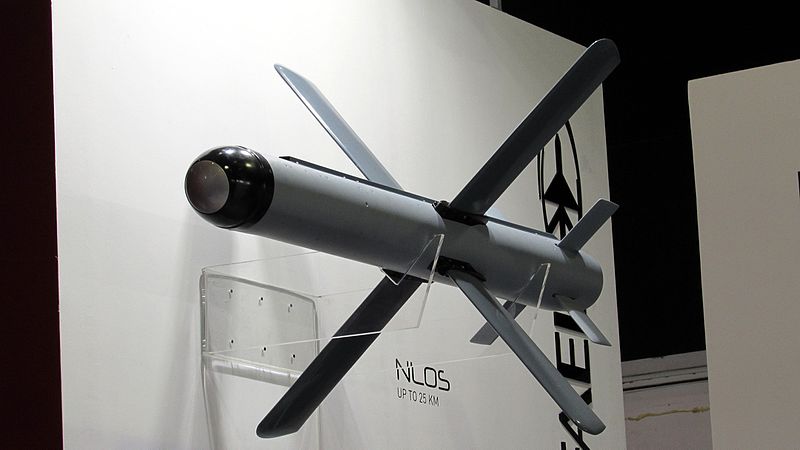
Spike-NLOS (Non Line Of Sight) is a long-range Anti-Tank Guided Missile (ATGM) system. The NLOS, the longest-range member of the Spike Missile series, which has 8 different versions today, has a range of more than 32 kilometers. The Spike NLOS is a fifth-generation anti-tank missile with a cutting-edge electro-optical guidance system capable of passively engaging targets without the use of GPS or laser marking. Spike NLOS can be integrated with ground, air, or naval systems, allowing it to hit far-off or geographically hidden targets without requiring line of sight. The missile, which has a very low visual, acoustic, and electromagnetic signature, is particularly difficult to detect by radar and other detection systems thanks to its smokeless rocket engine and passive guidance system.
The Spike NLOS missiles that Greece will receive will be integrated into the AH-64A+ and AH-64D helicopters. The 24 islands in the Aegean Sea, which are close to Turkey, could be another application for Spikes. By integrating the system with the ground platforms on these islands, Turkish Naval Forces, Greece’s potential adversary in the region, will find it more difficult to operate in the Aegean Sea and deploy its ground forces in the Aegean region.
It appears that the supply of SPIKE NLOS anti-tank missiles will not be confined to army and Apaches; the navy may also be included in the supply. The gunboat and non-conventional warship in the article on the supply of guided missiles for the armament of four gunboats and four non-conventional warships of the Greek Navy, possibly the Makhitis class Osprey HSY-56A and the MarkV Special Operations Craft donated from the United States, is another item approved as part of the program to strengthen the Greek Armed Forces. For the time being, it appears that the guided missiles mounted on these marine vehicles in the future may be the Spike NLOS or the Spike ER.
The update of the MALE category UAV system operational lease sub-contract activation decision was another item accepted as part of the program to improve the Greek Armed Forces. The Heron’ UAV, which Greece leased for three years for 40 million Euros from Israel in 2020, is the MALE class UAV system described here. Greece will most likely lease another pair of Heron UAVs, bringing the total number of Heron UAVs in service to four. The Heron UAVs are being employed to “monitor” Greece’s maritime boundaries, migrant flows, and Turkey’s movements more closely.
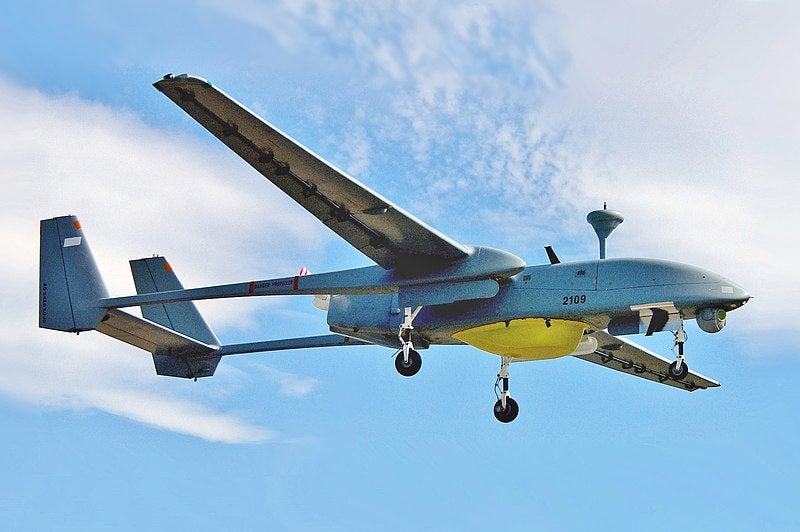
The fact that Greece, which has been struggling due to the economic crisis it has been dealing with since 2008, continues to sign arms deals one after another, with the negative effects of the economic crisis having recently begun to fade, upsets not only Turkey but also opposition parties of the current administration.
Alexis Tsipras, the leader of the political party Syriza and leader of Greece’s official told the Greek parliament that “France receives 7 billion euros for Rafale and frigates from a country like Greece with a high debt burden, whose debt has reached 210 percent of its gross domestic product, without any guarantee of Greek defense industry participation,” speaking during the parliament’s approval session for the Strategic Partnership Agreement for Cooperation in Defense and Security Fields signed with France. On the other hand, Prime Minister Kiryakos Mitsotakis remarked that the agreement will reinforce Greece’s position in the Mediterranean. “When Turkey threatens me with the Casus Belli, I become concerned. I have a major problem, and securing the country is my primary concern.”
Hulusi Akar, Turkey’s Minister of National Defense, claimed that Greece’s desire for weapons has only lately begun, that such measures will not allow them to gain an advantage over Turkey, and that they should abandon their efforts. According to Hulusi Akar, “Greece’s economic position is well-known; the country is heavily in debt. They aggravate the economy and jeopardize the wellbeing of the Greek people by making certain unnecessary expenditures in the name of armament. This is something that all rational people in Greece should be aware of. None of these projects have a chance of succeeding.”
Despite domestic and foreign pressure, particularly from Turkey, the Greek government appears committed to continuing on this course. This is evidenced by the extension of the mutual defense cooperation agreement with the United States on Thursday, October 14.
This mutual defense cooperation agreement, which was first signed in 1990, had previously been renewed for only one year each year, but it has now been renewed for five years and also expanded. It enables more US troops to be deployed under the renewed and expanded agreement, such as on the base in Alexandroupoli located on the Greek-Turkish border and the base in Souda Bay located on the island of Crete.
It is no coincidence that the period when the US began to demonstrate a military presence around Turkey through military deployment on allied bases, and relations between the US and Turkey, as well as relations between Greece and Turkey deteriorated, coincided with Turkey becoming more active and independent politically and militarily in the region. Turkey’s deepening military cooperation with Russia, whom NATO views as its main threat, has bolstered the notion that Turkey has shifted away from its traditional strategic position as a NATO and US ally.
Turkey and Greece, without a doubt, view themselves as crucial and indispensable allies of the United States, and they constantly expect the US to express its support for their side. However, Turkey’s conflicting interests with the United States on issues like the S-400 missile defense systems, the Syria crisis, the United States’ Middle East policies, the North Africa issue, and the United States’ sanctions against Turkey in response to these issues pushed Turkey to seek new allies in its foreign relations.
This agreement is viewed by Greece as a way to cooperate with the US against threats to Greece. However, for the US, this agreement is more about putting Greece in a deterrence position against Russia if relations with Turkey become irreversible, rather than surrounding Turkey.
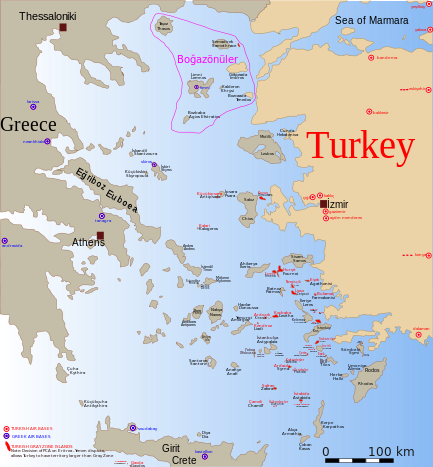
The issues in the Aegean Sea began on April 24, 1830, when Greece became a state, and gained a legal and political structure with the Lausanne Peace Treaty of July 24, 1923. Although the continental shelf is the only legal dispute between Greece and Turkey, it has resurfaced for entirely different reasons since 1923. For example, the concerns of Turkish and Greek minorities, the Patriarchate issue, the Cyprus issue, the Kardak Crisis, and so on. And although there have been many such events, the fundamental causes of tension between the two countries are deep mistrust fashioned by historical traumas, as well as the existence of unresolved bilateral relations issues related to this insecurity.
Despite the fact that both countries are NATO partners, they frequently disagree and engage in an arms race in this context. Greece achieves this through costly defense agreements, whereas Turkey prepares for any eventuality by manufacturing the equivalents of these weapons itself. Both countries must use diplomatic, political, and legal methods to demonstrate their justification on a global and regional scale. Only through the development of political and diplomatic ties with global and regional entities will this be achievable.
Header: Greek Minister of Defense Nikos Panagiotopoulos / From the official Twitter page of the Greek Ministry of Defense
The opinions expressed in this editorial are those of the author and may not necessarily reflect the opinions or views of Overt Defense

